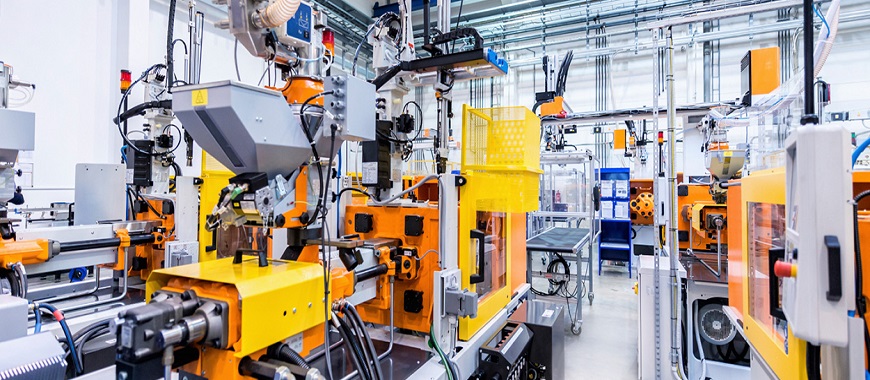Industrial Equipment’s
Industrial Oven
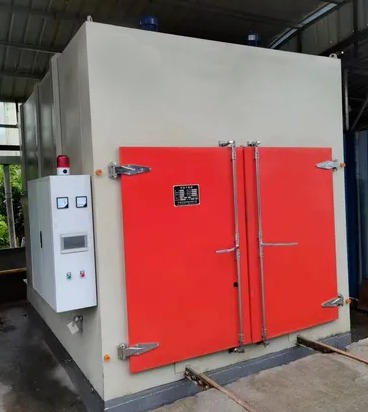
An industrial oven is a large-scale appliance designed for high-volume baking, curing, drying, or heat-treating processes commonly used in commercial and manufacturing settings. Unlike conventional domestic ovens, industrial ovens are built to handle extreme temperatures, making them suitable for industries such as food processing, electronics, automotive, and pharmaceuticals. They come in various types, including conveyor ovens, batch ovens, and continuous ovens, each tailored to specific industrial needs. These ovens can operate at a wide range of temperatures and are capable of maintaining consistent heat levels for long durations, ensuring precision and uniformity in production. Features like programmable controls, high-energy efficiency, and the ability to customize for different applications make them invaluable in streamlining industrial processes. Materials used for construction are typically robust, including stainless steel and heat-resistant alloys, which enhance durability and longevity under harsh conditions. In the food industry, industrial ovens are essential for large-scale baking operations, enabling mass production of items such as bread, pastries, and cakes, while maintaining consistent quality.
AC & DC VFD Drives
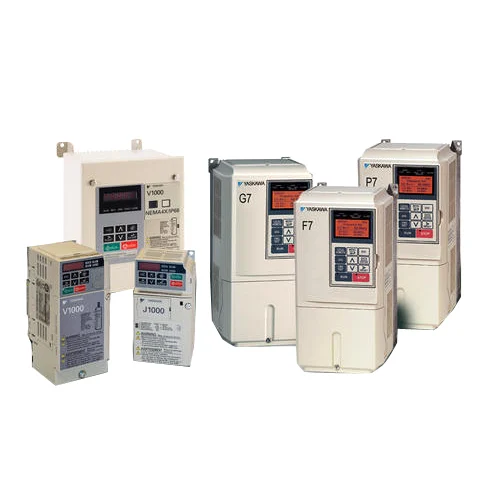
AC and DC Variable Frequency Drives (VFDs) are crucial components in modern industrial and commercial applications for controlling the speed and torque of electric motors. AC VFDs, also known as variable speed drives, adjust the frequency and voltage supplied to an AC motor, allowing for precise speed control and energy efficiency. This adaptability is particularly beneficial for processes requiring varying speeds and loads, leading to reduced energy consumption and extended equipment lifespan. DC VFDs, on the other hand, control the speed of DC motors by adjusting the voltage applied. They offer smooth and accurate speed regulation, which is advantageous in applications requiring fine speed adjustments and rapid response. While AC VFDs are more common due to the widespread use of AC motors, DC VFDs are used in specific scenarios where their characteristics are advantageous. Both types of VFDs contribute to improved process control, energy savings, and enhanced performance in various industrial settings.
Top Loading Furnace
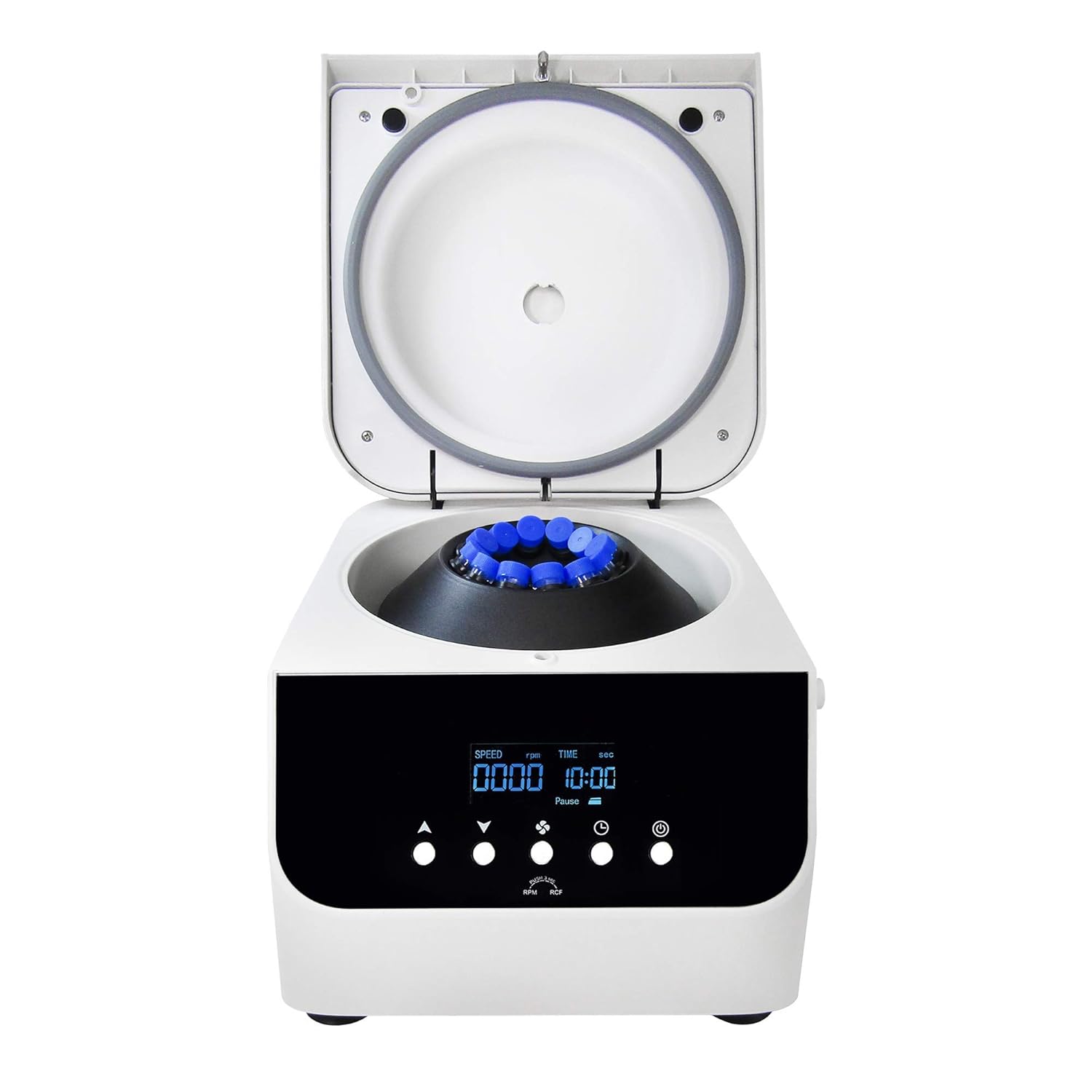
A top-loading furnace is a type of industrial furnace designed for efficiency and convenience in metal processing, particularly in foundries and steelmaking. Unlike traditional front-loading furnaces, the top-loading model features a lid or cover that opens from the top, allowing for easier and more direct access to the furnace's interior. This design facilitates the loading and unloading of materials without the need for extensive overhead cranes or complex machinery. The top-loading configuration also helps to improve heat retention and energy efficiency by minimizing the loss of heat during material transfer. Additionally, this design often results in a more compact and versatile setup, suitable for various applications such as melting, alloying, and heat treating metals. Overall, top-loading furnaces are valued for their operational simplicity, reduced maintenance requirements, and enhanced safety features, making them a popular choice in modern industrial settings.
Gate Sliding Machine
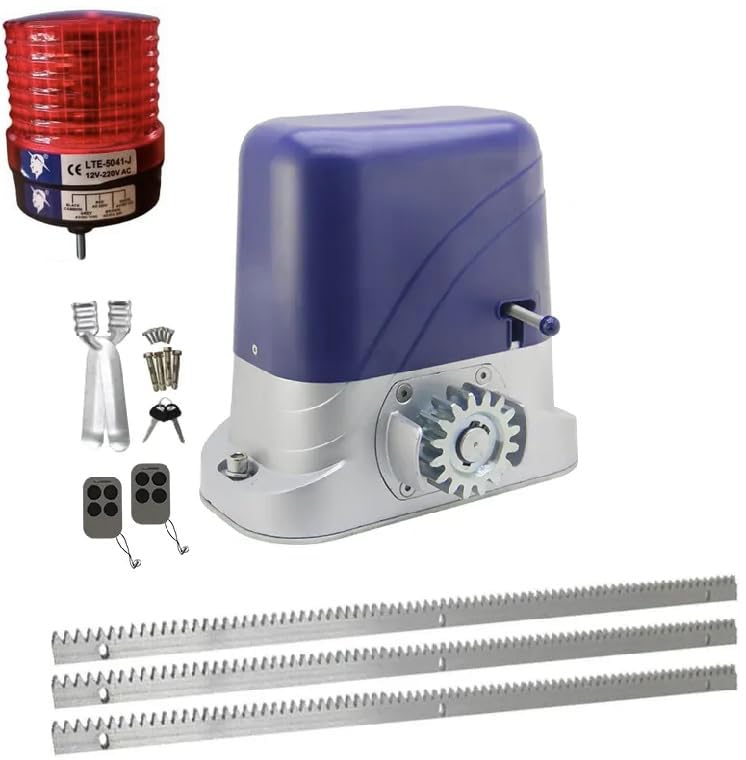
A gate sliding machine is a sophisticated device designed to automate the opening and closing of sliding gates, commonly used in residential, commercial, and industrial settings. The system typically comprises a motor, gearbox, and control mechanism that work together to ensure smooth and reliable operation. The motor drives the gearbox, which translates rotational motion into the linear motion required to move the gate along its track. Modern gate sliding machines often feature advanced controls that allow for programmable settings, remote operation, and integration with security systems, such as keypads or RFID readers. This automation enhances convenience, improves security, and reduces the manual effort required to operate heavy or large gates. Additionally, sliding gate systems are favored for their space-saving design, as they do not require extra space for gate swing, making them ideal for tight or constrained environments. Proper installation and regular maintenance are essential to ensure the machine's longevity and optimal performance.
Crane Scales
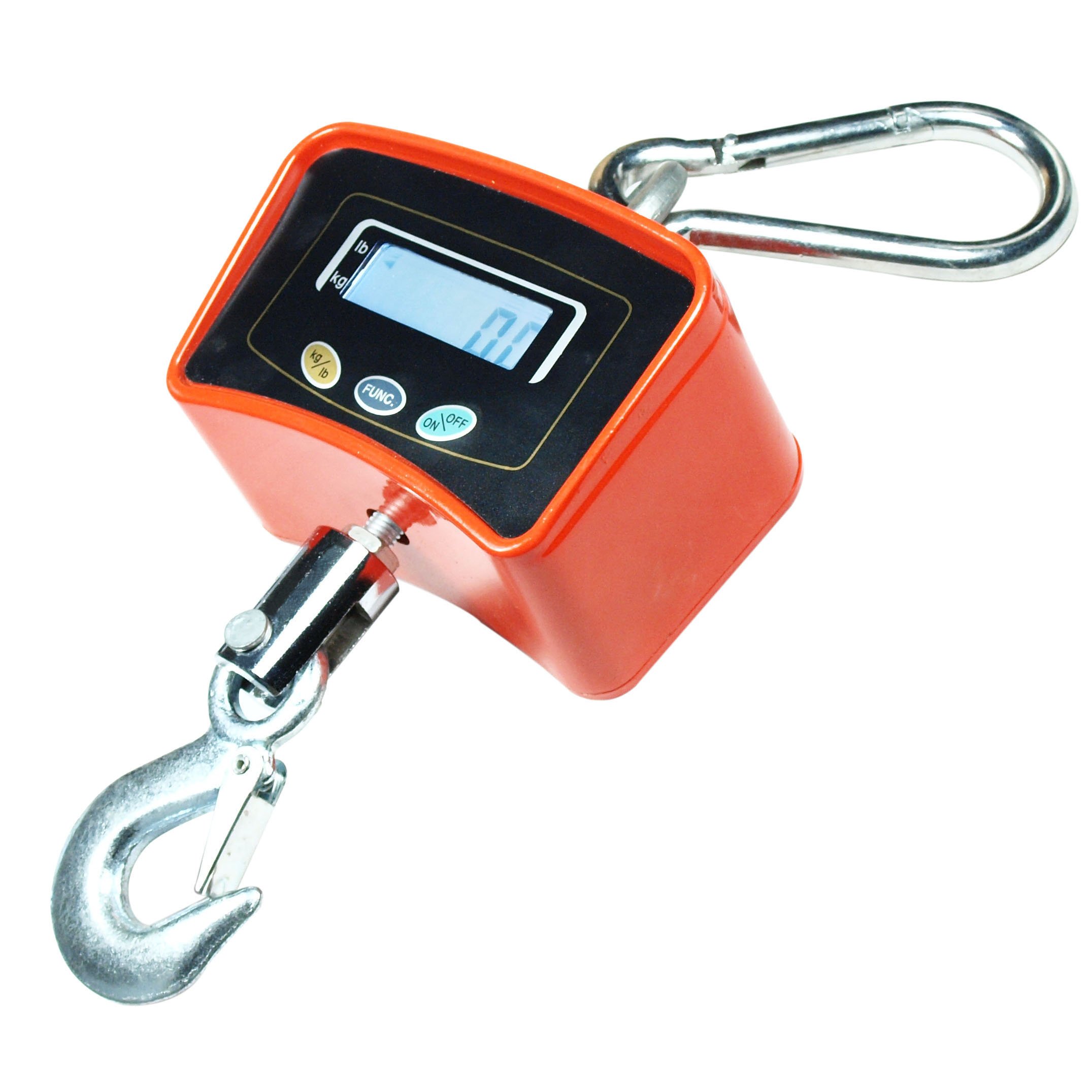
Crane scales are essential tools used in industries where heavy lifting and accurate weight measurement are crucial. These scales are designed to measure the weight of loads while they are suspended in the air by a crane, making them vital for sectors such as construction, manufacturing, shipping, and logistics. Typically, crane scales consist of a robust hook, a durable body, and an electronic or mechanical display that shows the weight of the load being lifted. Modern crane scales often feature digital displays and advanced technology, allowing for high precision and ease of use. Many models come with wireless connectivity, enabling real-time data transfer to remote systems for monitoring and record-keeping. These scales are available in various capacities, ranging from small models that can handle a few hundred kilograms to heavy-duty versions designed for weights exceeding several tons. Safety is a critical aspect of crane scale design, with overload protection and warning systems often built in to prevent accidents. The rugged construction of these scales allows them to withstand harsh environmental conditions, including extreme temperatures, dust, and moisture, ensuring long-term reliability. Their versatility extends beyond just industrial applications; crane scales are also used in agriculture, aviation, and recycling industries, where precise weight measurements of large items or bulk materials are necessary. By providing accurate, real-time data, crane scales help improve operational efficiency, reduce the risk of overload, and enhance safety in various heavy-lifting operations.
Pallet Machines with Weighing
Pallet machines with weighing systems are essential in modern industries, combining automated pallet handling with precise weight measurement to streamline production and logistics processes. These machines are designed to enhance efficiency by automatically weighing products as they are palletized, ensuring accuracy in weight management for shipping, storage, or further processing. They are particularly useful in industries like food and beverage, pharmaceuticals, and manufacturing, where product weight must adhere to strict standards. The integrated weighing system allows real-time monitoring of product weight, reducing errors, and minimizing the need for manual checks. This can prevent costly issues such as under or over-shipment, non-compliance with industry regulations, and potential customer dissatisfaction due
to incorrect product weights. Some pallet machines with weighing capabilities are equipped with advanced digital displays, programmable settings, and data collection features, enabling easy integration into existing systems for inventory control, data logging, and reporting.
Biosafety Cabinet
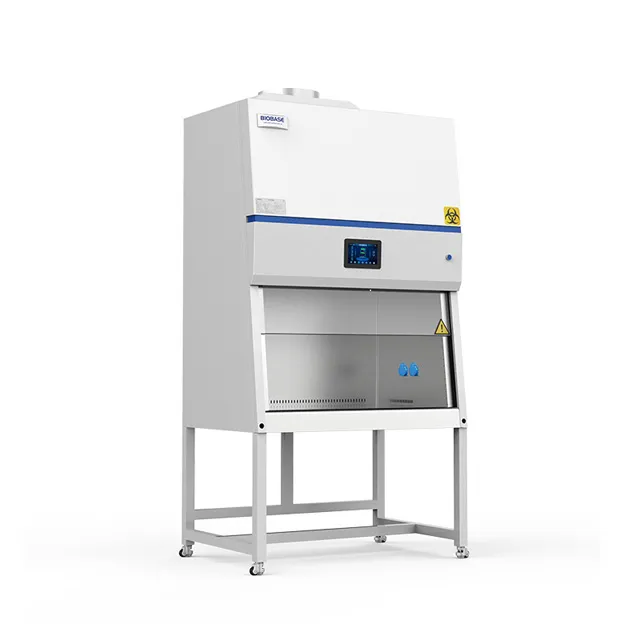
A Biosafety Cabinet (BSC) is a specialized, enclosed laboratory workspace designed to protect both the user and the environment from exposure to hazardous biological materials. Typically used in laboratories handling infectious agents or other dangerous biological substances, the BSC ensures containment through a combination of air filtration and controlled airflow. The cabinet is equipped with high-efficiency particulate air (HEPA) filters that trap contaminants, preventing their release into the surrounding environment. Proper usage, regular maintenance, and adherence to safety protocols are essential for ensuring the effectiveness of a biosafety cabinet. These cabinets play a crucial role in research, diagnostic laboratories, and medical facilities by mitigating the risks associated with handling pathogens and other biohazardous materials.
Box compression Testing Machine
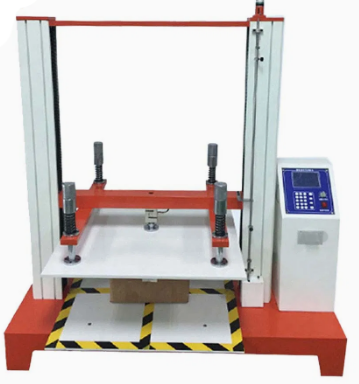
A Box Compression Testing Machine is a specialized device used to measure the compressive strength of packaging materials, particularly corrugated boxes and cartons. It assesses the ability of a box to withstand forces that occur during stacking, storage, and transportation. The machine applies a gradually increasing compressive load on the box until it collapses or deforms, recording the maximum force it can endure. This data helps manufacturers design stronger, more durable packaging, ensuring product safety during handling. Box compression testing machines are essential for quality control in industries like logistics, food packaging, electronics, and consumer goods.
Flame Photo Meter
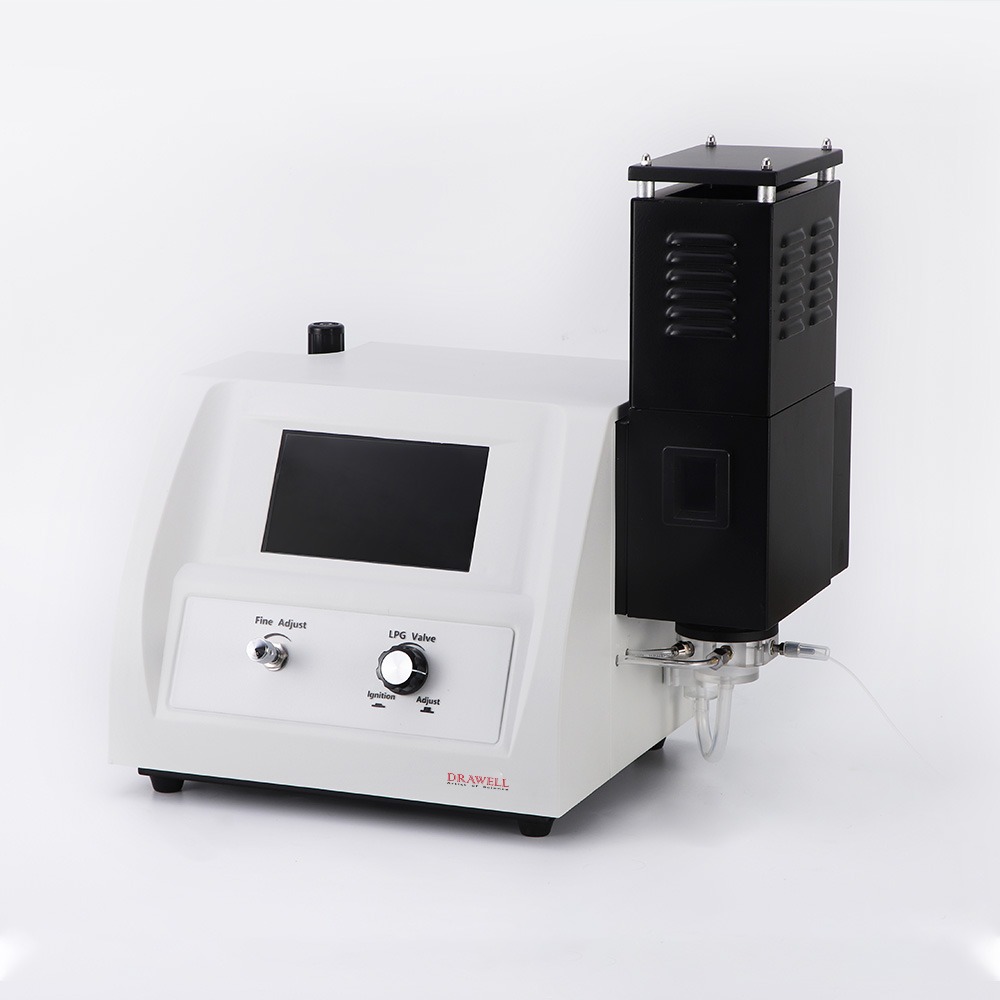
A Flame Photometer is an analytical instrument used to measure the concentration of certain metal ions, such as sodium, potassium, calcium, and lithium, in a solution. It operates on the principle of flame emission spectrophotometry, where a sample solution is aspirated into a flame, causing the metal ions to become excited. As the ions return to their ground state, they emit light at characteristic wavelengths, which is detected and measured by the photometer. The intensity of the emitted light is proportional to the concentration of the metal ions in the sample. Flame photometers are widely used in clinical laboratories, environmental analysis, and industries such as agriculture and food production, providing a simple and cost-effective method for detecting and quantifying these essential elements.
Seed Germinator
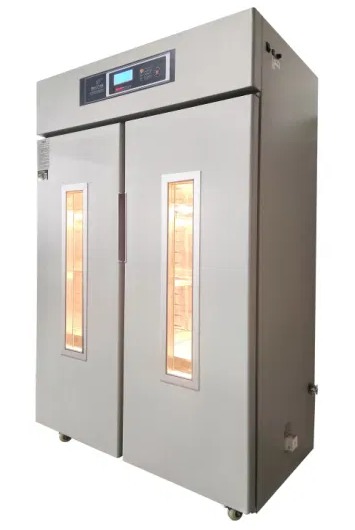
A seed germinator is a specialized device used to create optimal conditions for the germination of seeds in a controlled environment. It regulates factors such as temperature, humidity, and light, which are crucial for the growth and development of seeds into healthy seedlings. Seed germinators are commonly used in agricultural research, nurseries, and laboratories to ensure high germination rates and consistency. By simulating the ideal conditions for different types of seeds, the germinator allows for precise monitoring and control, leading to more efficient and successful cultivation. This equipment plays a critical role in the early stages of plant growth, helping farmers, researchers, and horticulturists produce crops more effectively.
Spectrophotometer
A spectrophotometer is an analytical instrument used to measure the amount of light absorbed by a substance in a sample. It works by passing a beam of light through the sample and detecting how much of that light is absorbed or transmitted at different wavelengths. The device typically consists of a light source, a monochromator to select specific wavelengths of light, and a detector to measure the intensity of the light after it has passed through the sample. Spectrophotometers are widely used in various fields, including chemistry, biology, and environmental science, to quantify the concentration of substances, study reaction kinetics, and analyze the properties of materials. By comparing the intensity of light before and after passing through the sample, the spectrophotometer provides data that can be used to determine the sample's absorbance, which is related to the concentration of the analyte in question.
Tablet Disintegration Tester
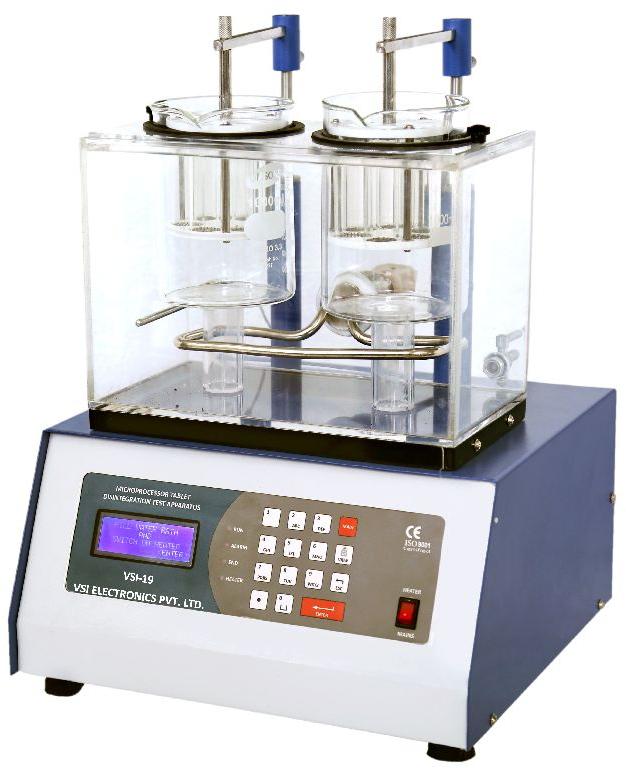
A Tablet Disintegration Tester is a laboratory device used to determine the time it takes for tablets or capsules to break down into smaller particles when placed in a specific medium, such as water or gastric fluid. This test is crucial for evaluating the quality of pharmaceutical products, ensuring that tablets disintegrate within the specified time for proper absorption in the body. The tester typically consists of a basket-rack assembly holding tubes with a mesh at the bottom, where tablets are placed. The assembly is repeatedly immersed in a water bath maintained at a controlled temperature, simulating the conditions of the human digestive system. The time taken for the tablets to completely disintegrate, as observed visually, is recorded. This data helps in assessing the bioavailability of the drug, ensuring it performs as intended in delivering the active ingredients.

